#Lophophanes cristatus
Text




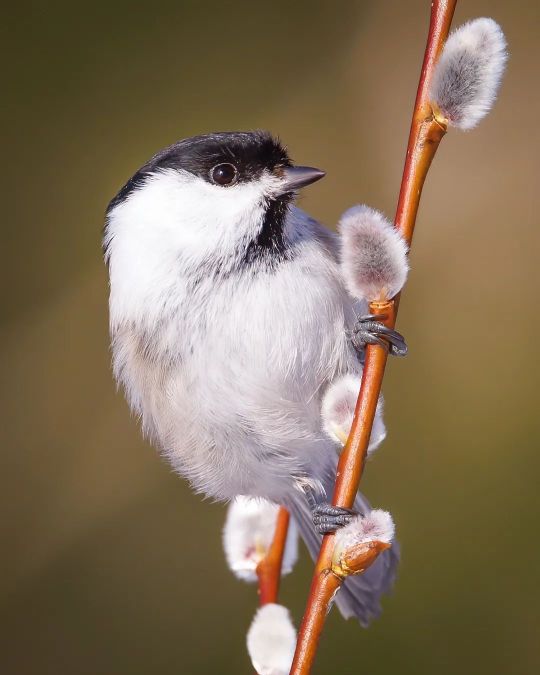
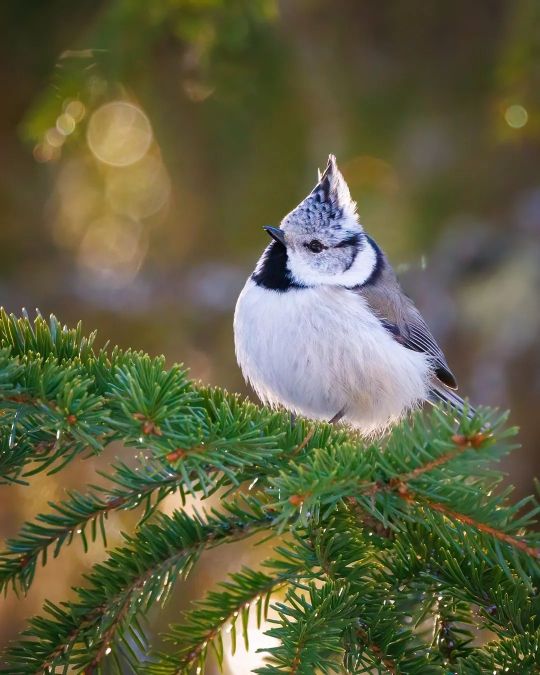
Birds of Spring
jukkarisikko
#cyanistes caeruleus#whooper swan#goldcrest#aegithalos caudatus#Poecile montanus#Lophophanes cristatus#birds#wildlife photography#cute animals#curators on tumblr
721 notes
·
View notes
Text
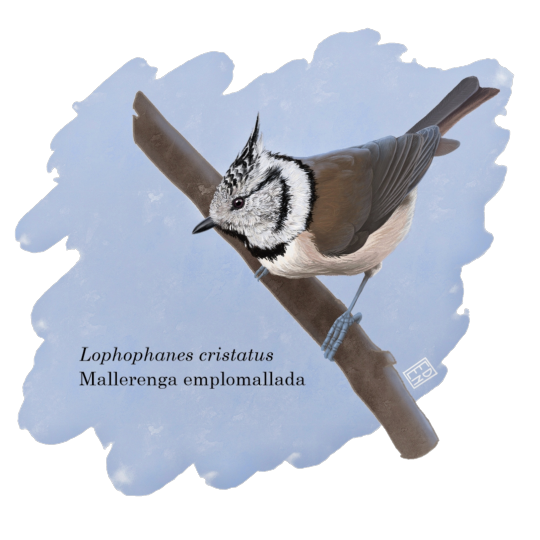
Mallerenga emplomallada (Lophophanes cristatus).
#Lophophanes cristatus#crested tit#herrerillo capuchino#mallerenga emplomallada#paridae#passeri#aves#drawing#scientific illustration#digitalart
1 note
·
View note
Text

[2781/11080] Crested tit - Lophophanes cristatus
Order: Passeriformes
Suborder: Passeri
Superfamily: Paroidea
Family: Paridae (tits, chickadees and titmice)
Photo credit: Manu Álvarez via Macaulay Library
#birds#Crested tit#Passeriformes#Passeri#Paroidea#Paridae#Lophophanes#birds a to z#undescribed#25% - 50%
86 notes
·
View notes
Text

Lophophanes cristatus by EvaAndreuTormo
7 notes
·
View notes
Photo
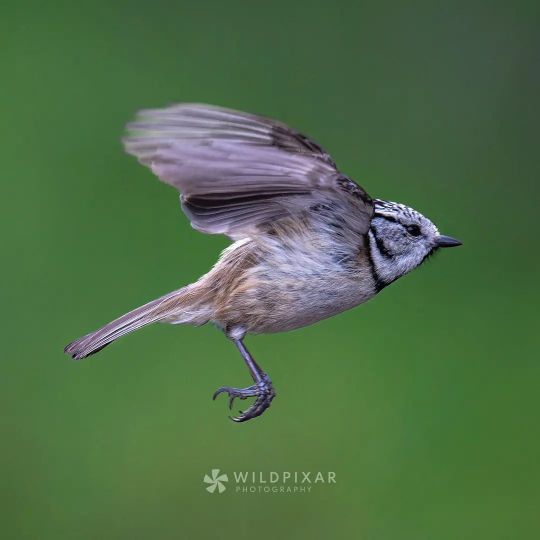
European Crested Tit (Lophophanes Cristatus)
1 note
·
View note
Note

(european crested tit, Lophophanes cristatus, image is from wikipedia)
Thank you very much! The relatable content I’ve been looking for
1 note
·
View note
Text
How to Get Rid Of Oak Processionary Moth
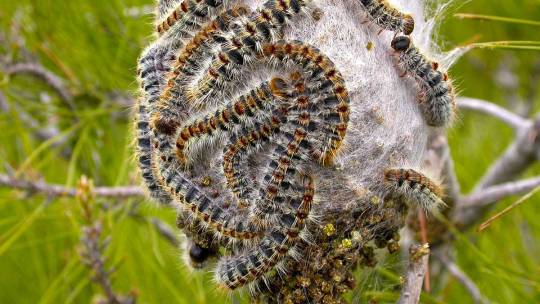
The oak processionary moth caterpillars can pose a massive threat to our health with their highly toxic hairs! Keep reading to learn how you protect yourself and get rid of the processionary caterpillar.
Origin
The Oak Processionary Moth (Thaumetopoea processionea) is a moth from the tooth moth family (Notodontidae) and belongs to the native butterfly species. The Oak Processionary Moth, as the name suggests, inhabits almost exclusively oak forests.
Oak-hornbeam forests and oak-pine forests are also not safe from the oak processionary moth. In exceptional cases, it infests other deciduous tree species in addition to oaks. It is called a "processionary moth" because the caterpillars of the moth migrate to their feeding places at night in the characteristic processional line formation.
The home of this insect was originally the warmer regions of Central Europe. However, the mild and dry winters and the generally rising temperatures made the oak processionary moth make its way into our neighborhoods.
Since the super summer of 2003, there has been a warning about these small caterpillars almost every summer because the fine hairs of the larvae can cause severe skin irritations in humans.
You might also like: 6 medicinal plants for insect bites
How to recognize oak processionary moth
The adult oak processionary moth is ash to brown-grey in color and rather inconspicuous. It has a wingspan of up to about 30 millimeters and flies from the end of July to the end of August.
The female of the Oak Processionary Moth lays 300 eggs per year. It prefers places where the caterpillars are not so welcomed.
As they love warmth, they romp around on free-standing oaks in sunny locations, i.e., especially at the edge of forests, in swimming pools, sports facilities, or green areas - places where a particularly large number of people spend time in summer.
Under no circumstances should you attempt to eliminate the animals or nests on your own. If you see oak processionary mothers anywhere, contact the local forest rangers or your local authority. In extreme cases, entire forest paths or even children's playgrounds may be closed due to oak processionary mothers.
Poisonous hairs
The tiny, barely visible hairs contain extremely effective protein poison (thaumetopoein), which attacks the immune system and may cause a so-called caterpillar dermatitis in humans.
Particularly problematic, they break off when touched and when the caterpillars become nervous or simply wander around. They are equipped with microscopic barbs that bore into the skin.
You might also like: How to get rid of Ambrosia
Usually, intense redness, wheals, and pustules form on uncovered skin areas such as arms, face, or neck within a short time. To make matters worse, the fallen hairs are spread by the wind over a distance of several hundred meters and remain active for years - the ground of an infested area can literally be contaminated in this way.
Especially playing children, excursionists, or even gardeners and foresters come home with painfully itchy eczema, the cause of which seems mysterious.
How to get rid of caterpillars of the oak processionary moth
Natural enemies of the oak processionary moth
Natural enemies of the oak processionary caterpillar are, besides the cuckoo, brackish wasps, ichneumon flies, caterpillar flies, and predatory beetles such as the doll predator.
At least seven bird species can be considered as regular predators of the pine processionary moth: four large migrant specialists (great spotted cuckoo Clamator glandarius, common cuckoo Cuculus canorus, European nightjar Caprimulgus europaeus, and Eurasian hoopoe Upupa epops) and three small sedentary generalists (great tit Parus major, crested tit Lophophanes cristatus and coal tit Periparus ater)researchgate.net/publication/232409234
Precautions
Basically, one should avoid known infested areas. If you accidentally come across a web of the caterpillars of the oak processionary moth, you should never touch it. If you have been in an infested area, wash your clothes as soon as possible. If you have severe rashes or other serious symptoms, consult a doctor.
Professional control
The removal of the caterpillars or the spider-like nests in which the caterpillars pupate seems almost like decontamination as emergency crews arrive in protective suits and specialized equipment.
It has proved to be a good idea to encapsulate the nests with spray glue, as a jet of water or poking around will cause the hair to be stirred up and spread even more. You should also pay attention to the following: On windy days, the hairs of the oak processionary caterpillar are carried far beyond the infested areas.
Image credits: Wikimedia
Read the full article
0 notes
Photo

European Crested Tit (Lophophanes cristatus)
© cirdantravels (Fons Buts)
81 notes
·
View notes
Photo

European Crested Tit (Lophophanes cristatus)
© cirdantravels (Fons Buts)
59 notes
·
View notes
Photo

European Crested Tit by hans24 http://bit.ly/2HiSY8B
#Haubenmeise#Lophophanes cristatus#European Crested Tit#Mésange huppée#Kuifmees#Cincia dal ciuffo#mas
14 notes
·
View notes
Text
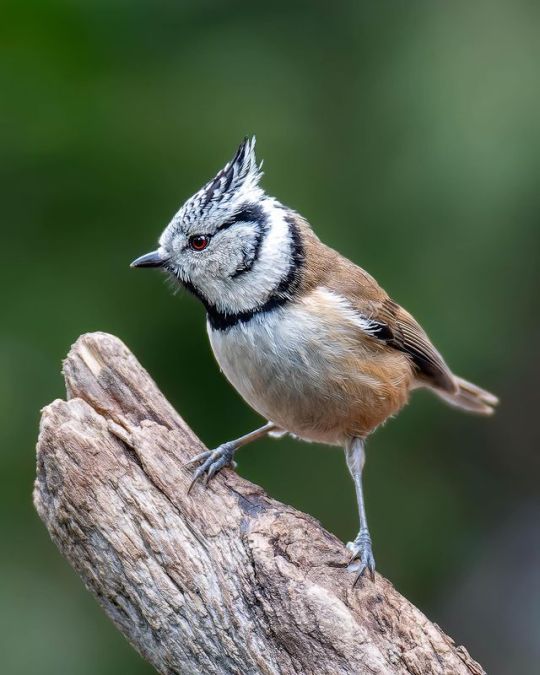
Crested Tit
13 notes
·
View notes
Text
Ya hice varios posts pero no subí todos los dibujos. Estas son siete especies de aves conocidas popularmente en Catalunya como "mallerengues", a pesar de pertenecer a tres familias distintas.
Aegithalos caudatus | CAT: mallerenga cuallarga / ESP: mito / ENG: long tailed tit
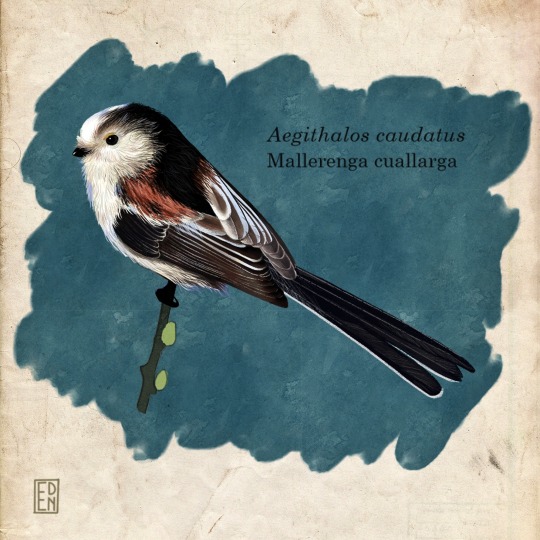
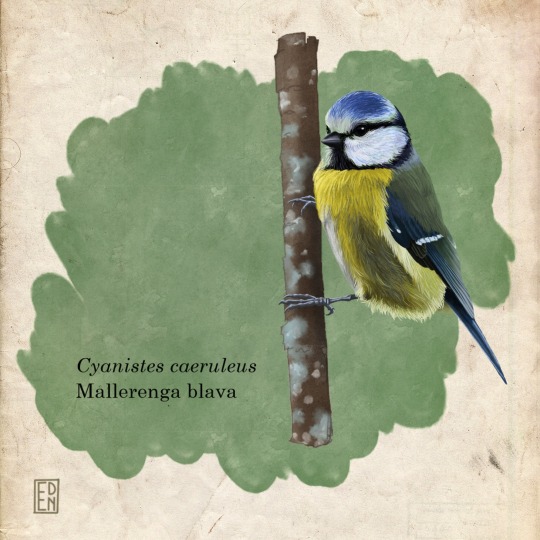
Cyanistes caeruleus | CAT: mallerenga blava / ESP: herrerillo común / ENG: eurasian blue tit
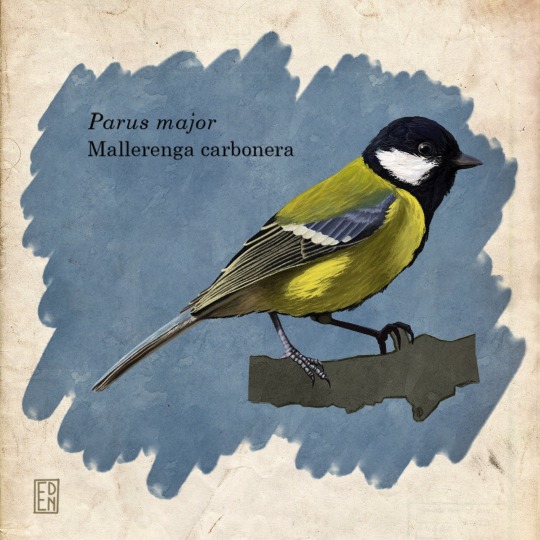
Parus major | CAT: mallerenga carbonera / ESP: carbonero común / ENG: great tit

Lophophanes cristatus | CAT: mallerenga emplomallada / ESP: herrerillo capuchino / ENG: crested tit
Periparus ater | CAT: mallerenga petita / ESP: carbonero garrapinos / ENG: coal tit

Poecile palustris | CAT: mallerenga d'aigua / ESP: carbonero palustre / ENG: marsh tit
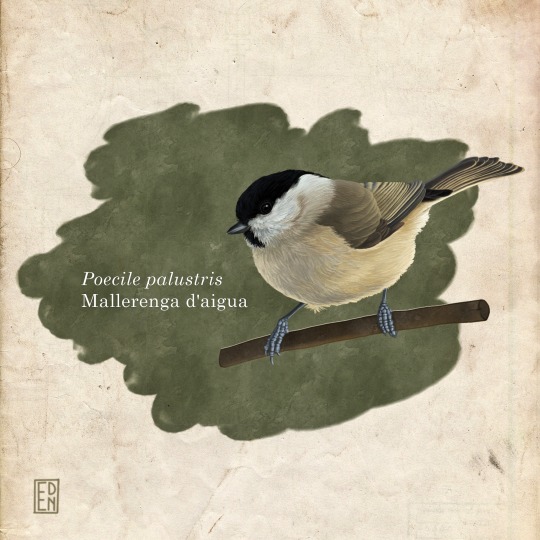
Panurus biarmicus | CAT: mallerenga de bigotis / ESP: bigotudo / ENG: bearded reedling

1 note
·
View note
Photo

Crested tit (Lophophanes cristatus) making a nest
I’ve taken exactly 49 photos of this bird and I’m still not content with any of them, but I had to upload at least one, I spent too much time and energy on it (my muscles were literally shaking after holding a camera up for such a long time). Also, its face expression seems so sad :c
#bird#birds#birds photography#bird photography#crested tit#lophophanes cristatus#bird nest#birb#female birds#forest birds
39 notes
·
View notes
Photo

New on 500px : European crested tit by ptaki by ptaki from 500px For download Click Here
#500px#animal#Animals#bird#birds#birdwatching#czubatka#European crested tit#Lophophanes cristatus#nature#pentax#wild#wildlife
1 note
·
View note
Photo

European Crested Tit by hans24
2 notes
·
View notes
Photo
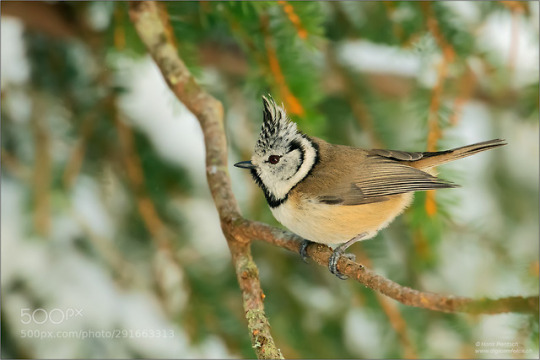
European Crested Tit by hans24
2 notes
·
View notes